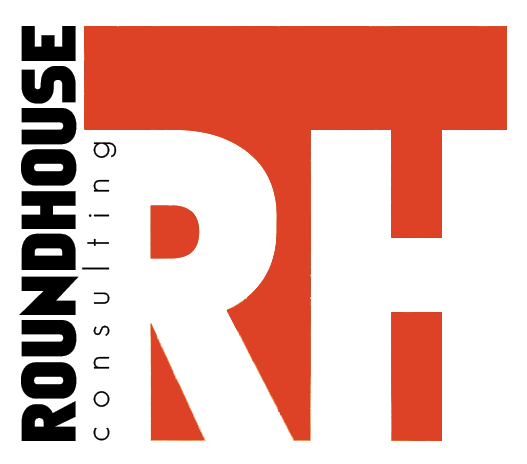Many of us that take an interest in politics and public affairs have been captivated by the unrest in Iran following the general election there. Strong feelings are evoked by the images of people taking to the streets in defiance of a system which they feel has cheated them of their voice. The fundamental question to me is what exactly are we seeing? Without delving into the complicated history of the 1953 and 1979 revolutions there are a few important elements to keep an eye on.
Iran is a complex society that we in North America tend to think of in caricature, if at all. The image of the fanatical mullah conveys little sense of the size, historical depth or ethnic diversity of Iran. To put it another way we are discussing a place with over 70 million people, a settled history dated back over 9000 years, and with constitutional recognition of 4 regional languages in addition to Persian. In large part it is elements of this complexity that have created the confrontations we are seeing on our televisions.
That large population is also young, with around 2/3 of Iranians under the age of 30. Increasingly that population is urban, and women are playing an ever-increasing role in the workforce and the professions. In short Iran is undergoing a period of demographic instability, combined with a political system dominated by the men who either made or participated in the revolution of 1979. In other words men who were politically active before more than 2/3 of their citizens were even alive.
Within that profound generational power gap there are also several other political flashpoints. As the population has grown it has migrated to the cities, with over 60% of the population living in urban areas now and that number is expected to rise to 80% by 2030. This has created frictions between the now-preponderant population centers and a political system divided into 30 (theoretically) equal provinces. In addition the concentration of the oil resources that provide 45% of government revenue in a few provinces heightens the division between ‘haves’ and ‘have nots’.
In short there are a great many internal divisions and interest groups within the country. Dividing the people we see on TV into ‘progressives’ and ‘conservatives’ is both inaccurate and unhelpful. The politics of Iran are no more black and white than any other political jurisdiction's. The theocratic nature of the regime does tend to evoke dichotomous language from both critics and supporters, however. It is also worth remembering just how much control the Supreme Council (of Clerics) possesses. They select or vet candidates for all offices, and all state structures report back to the Supreme Leader, Ali Khamenei, or the Council of Guardians. The position of President, while important, is not equivalent to his American counterpart or our Prime Minister.
With all that said we are witnessing a repressive regime being pressured toward change. This is not an easy process, and building pressure tends to lead to repression, which in turn tends to lead to violence. At this point the Iranian security forces have exercised restraint, and provided they continue to do so without losing their cohesion and loyalty to the state this unrest will likely subside. It will subside having left a lasting impression on the mindset of the country, however, particularly on the young and urban workforce who feel excluded by the regime. This election may thus serve as a source inspiration and motivation for those seeking to create change in Iran. If the shooting starts the impact may be considerably more immediate.

No comments:
Post a Comment